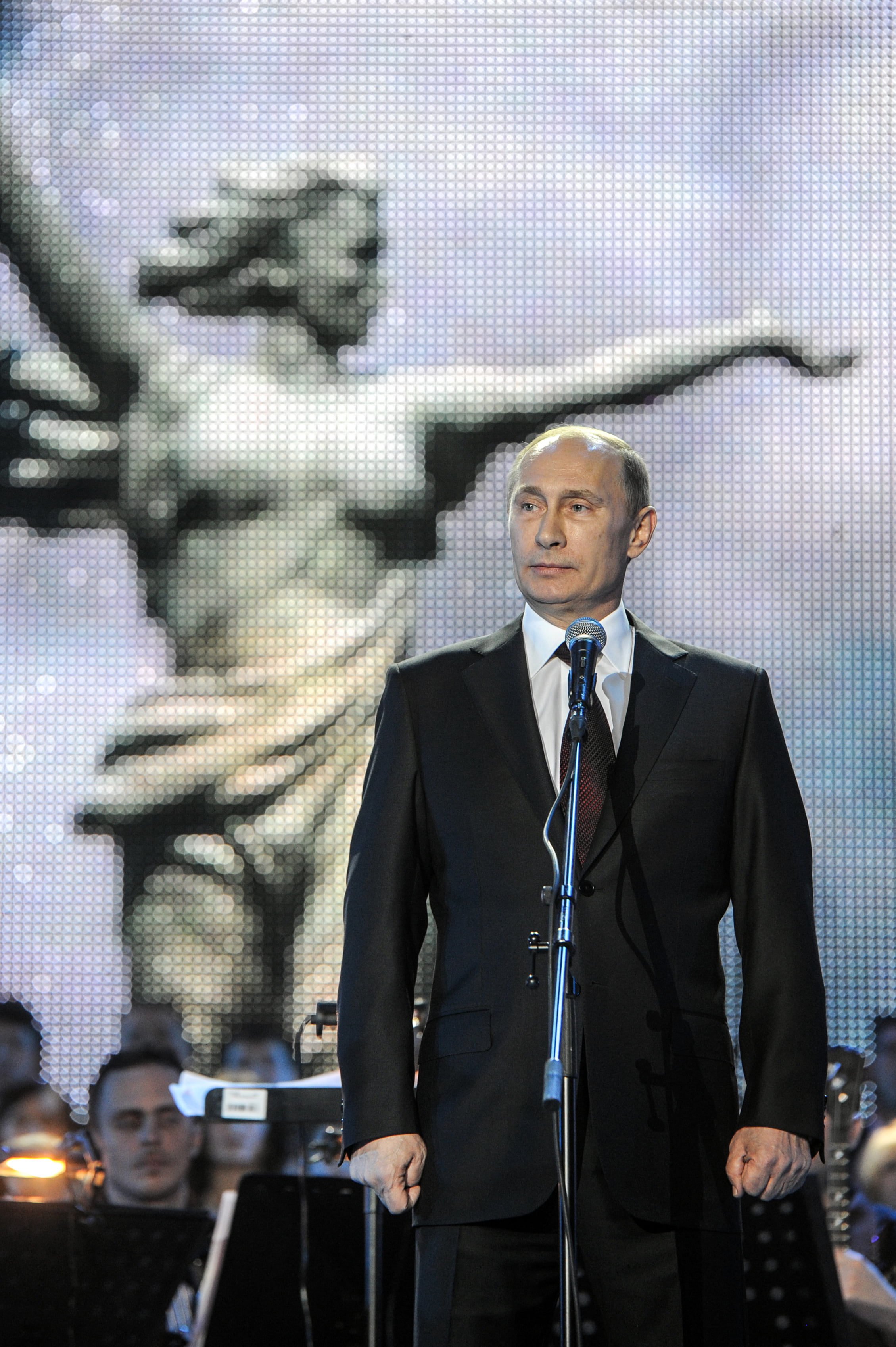By Stephen Blank
Recent Pentagon deployments display a growing realism about the Russian military threat.
And the announced recreation of the II Fleet to be based at Norfolk to patrol the North Atlantic and counter the upsurge of Russian submarine and surface vessels probes there demonstrates this heightened awareness of the Russian military threat.
Despite the fact that most expert analysis argues that Russian activities in the Arctic have largely been and remain non-threatening, the Pentagon and the Administration have rightly dismissed this argument.
If one closely monitors the rising curve of maritime probes in the North Atlantic from ships based in the Arctic and the development of new conventional and nuclear capabilities there, the correctness of the Pentagon decision becomes very clear.
Yet there are still too many experts and even officials who believe that the Russian military threat is over-hyped and not credible given NATO’s superiority on paper.
Unfortunately, as Michael Kofman of the Center for Naval Analysis observed, Excel spreadsheets do not win wars.
Therefore complacency about our paper superiority is misplaced.
Indeed, allied commanders know and expert studies like those of Rand report that in Baltic wars Russia would score impressive rapid victories forcing us to fight protracted wars under highly unfavorable circumstances.
Allies like Germany still cannot bring themselves to spend more than 1.3% of their budgets on defense despite this rising threat.
Some may take solace from the Stockholm International Peace Research Institute’ claims that Moscow last year cut defense spending by 20%.
But in fact, the cuts were much less and SIPRI disregarded the evidence that they were planned for some time and also the result of one off administrative measures that actually reduced spending by only about 7%.
Moreover, since Russia’s budget expected energy prices at $40/Bbl. and those prices are now $72 defense spending during 2018 has risen while other administrative measures initiated by President Putin have also helped that spending rebound.
And to the degree that energy prices remain around $70-80/bbl. we can expect defense spending to remain higher than even Moscow expected.
U.S. commanders long ago reported that allied forces in Europe were outgunned and inferior in areas like electronic warfare.
Neither has Moscow desisted from maritime threats beyond those probes into the North Atlantic.
In Ukraine it continues to disregard the UN Convention on the Law of the Sea and Ukraine’s sovereignty with respect to its Economic Exclusion Zone.
Such behavior presages what Moscow might do in the Arctic should the UN recognize its claims to a huge EEZ there and also serves as a precedent for Chinese actions in the South China Sea.
Since the two countries engage in regular staff and ministerial talks we need to be alert to the possibility of precedents launched by one country encouraging the other to act similarly in its own manner with regard to contested waters.
Likewise, as regards nuclear issues the Russian threat is very real.
Not only has Moscow broken virtually every arms control treaty on the books, it now has over 20 nuclear programs underway, not the six, presumably the most terrifying ones, that Putin alluded to in his March 1 speech.
Those nuclear programs modernize existing systems and develop new ones, including hypersonics.
They also feature programs tailored to short-range, intermediate-range, and long-range weapons.
Moreover according to the Bulletin of Atomic Scientists’ annual report Russia “seems to be administering that strategy more dynamically and offensively than it did a decade ago.“
This report similarly observes that, “the fact that Russian military planners are pursuing a broad range of existing and new versions of nuclear weapons suggests that the real doctrine goes beyond basic deterrence and towards regional war-fighting strategies or even weapons aimed at bluntly causing terror.”
Thus, Russia is building what professionals call counterforce weapons against U.S. and allied nuclear and/or conventional forces and countervalue weapons against civilian targets.
And these activities do not begin to grapple with the threat posed by unrelenting information and cyber warfare, espionage, subversion, corruption of Western political institutions, including our own establishments.
Moscow may be looking for a temporary respite from the war, but as its leaders have declared since 2005 that they are in a war against the West, and their defense programs show no sign of letting up despite current pressures, complacency generated by reading spreadsheets or paper balances is unwarranted.
Establishing the II Fleet and a new NATO Joint Forces Command that may also be collocated in Norfolk signify a healthy reaction to this threat.
But we need to continue to take the challenge seriously, and to shape forces and a strategy which deals with the challenge effectively.
Lastly we need an energy policy that undercuts Russian energy in Europe and lowers prices while removing incentives from our Saudi partners to organize a new cartel at higher prices with Russia.
In other words, to defend Europe we must also have a Middle Eastern strategy and similar reasoning applies to Asia.
It is clear that there is a need for a well-conceived, multi-dimensional strategy to work along with the military re-set as well.
Stephen Blank, Senior Fellow, American Foreign Policy Council
The featured photo is credited to the Russian Presidential Press and Information Office.
Editor’s Note: For Chatham House’s assessment of the evolving Russian challenge, see the following:
Assessing the Russian Military Challenge: The Chatham House Perspective
It is also the case that the Nordics are clearly reworking a comprehensive strategy as well towards the Russians.
And overall, key players in the liberal democracies are focusing on the strategic shift as well away from the counter-insurgency wars.
Finally, President Trump and his Administration have put center sights on deterring the non-liberal powers, and focusing on core threats, notably those associated with the Second Nuclear Age.


